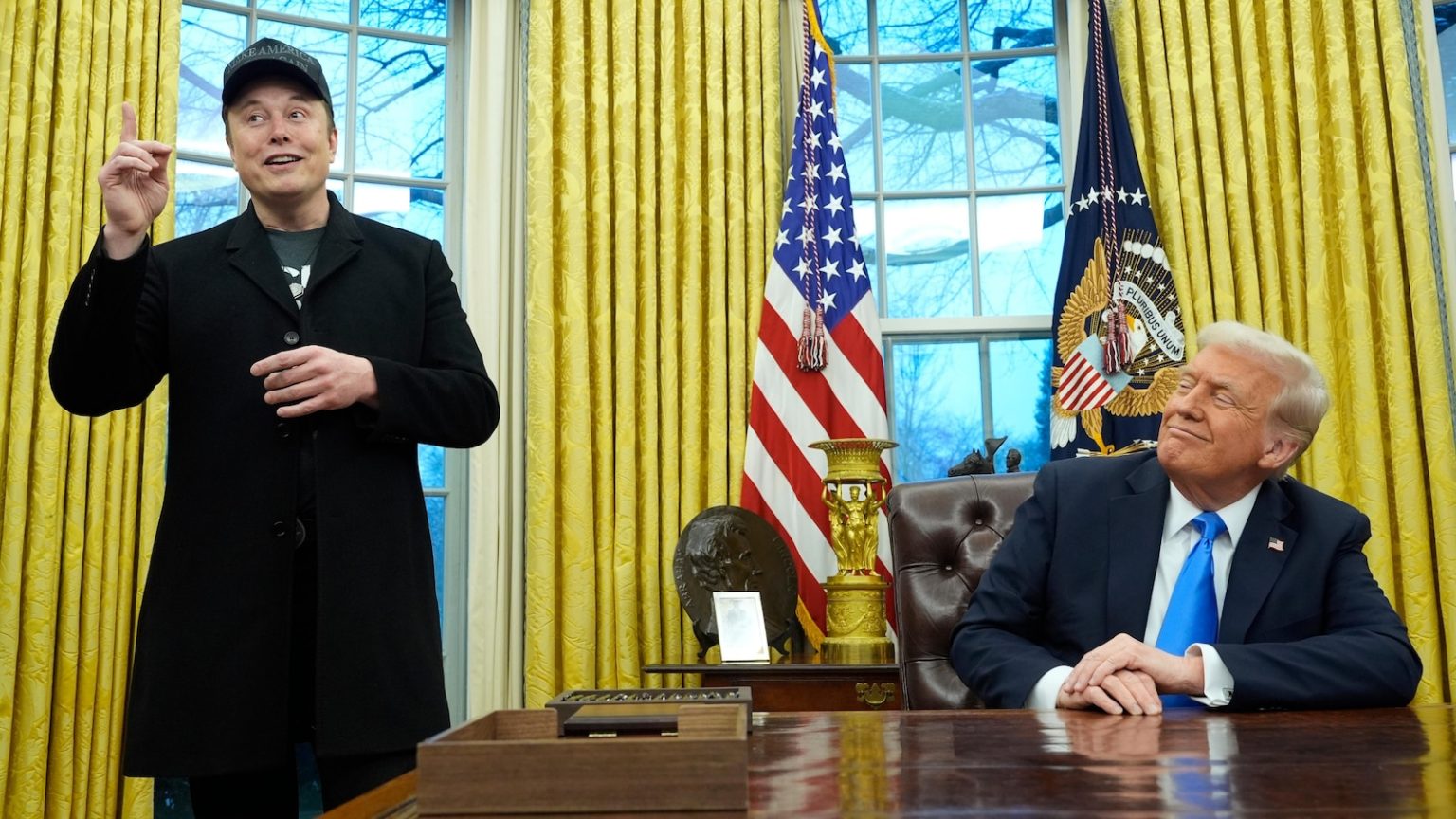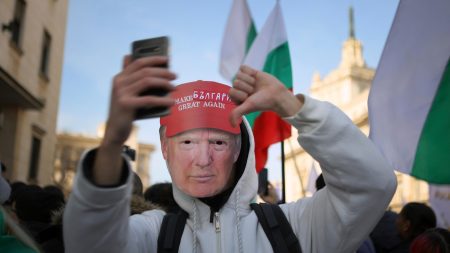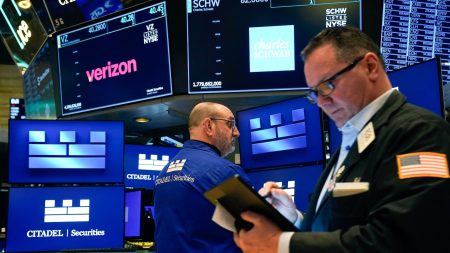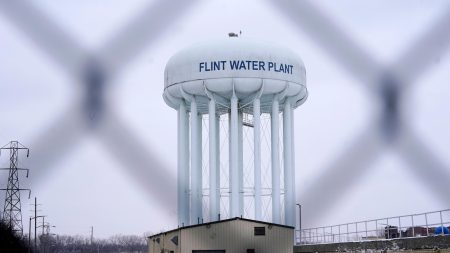A Social Media Idea Reaches the White House: Trump Backs Plan to Return Spending Cuts to Taxpayers
In a surprising turn of events, an idea born on social media has gained momentum and even garnered enthusiastic support from President Donald Trump. The proposal, originating from James Fishback, the founder of investment firm Azoria Partners, suggests taking a portion of the savings from Elon Musk’s efforts to cut government spending and distributing it back to taxpayers in the form of checks. If Musk’s ambitious target of $2 trillion in spending cuts by next year is achieved, supporters estimate that about one-fifth of those savings—potentially around $400 billion—could be sent to taxpaying households, resulting in checks of approximately $5,000 per eligible household. Trump, expressing his excitement about the idea, has endorsed the plan, calling it something he "loves." However, budget experts and economists remain skeptical about the feasibility of such massive savings and the potential consequences of distributing these funds.
The Role of DOGE and the Path to Savings
At the heart of this proposal is the Department of Government Efficiency (DOGE), a brainchild of Elon Musk aimed at identifying and eliminating government waste, fraud, and abuse. While Musk has claimed that DOGE has already cut $55 billion in spending, this figure represents only a tiny fraction of the federal budget, which totals $6.8 trillion annually. Moreover, the accuracy of these savings has yet to be independently verified, and some of DOGE’s claims, such as allegations of tens of millions of deceased individuals fraudulently receiving Social Security benefits, have been disproven. Fishback has called for the nonpartisan Congressional Budget Office (CBO) to assess the actual savings achieved by DOGE, ensuring transparency and accountability. If DOGE manages to cut $500 billion by July 2026, Fishback estimates that the checks sent to taxpayers would amount to $1,250 per household, rather than the initial $5,000 projection.
Skepticism Over the Feasibility and Impact of the Plan
Despite the optimism surrounding the proposal, many economists and budget experts are skeptical about the likelihood of achieving such significant spending cuts. Decades of efforts by both Republican and Democratic administrations to eliminate government “waste” have yielded limited results, with little impact on the federal deficit. The federal budget is dominated by mandatory spending, such as Social Security, Medicare, and interest on the national debt, which are not within DOGE’s purview. For instance, firing tens of thousands of government workers, one of the Trump administration’s most notable cost-cutting measures, has had a negligible effect on overall spending. As Douglas Elmendorf, former director of the CBO, noted, “The big money is in federal benefits and federal taxes,” which are not easily reducible. Political scientist John DiIulio Jr. further emphasized that even if the entire federal civilian workforce were eliminated, it would only address about 5% of federal spending, leaving the vast majority intact.
Economists also warn that distributing checks could exacerbate inflation, a concern that has been downplayed by the White House. During the COVID-19 pandemic, both the Trump and Biden administrations issued stimulus checks to support the economy, but these payments were deficit-financed and contributed to inflationary pressures. While White House officials argue that redirecting savings from government spending to consumers would not fuel inflation, economists like Ernie Tedeschi of the Yale Budget Lab disagree. With the U.S. unemployment rate at historic lows, businesses may struggle to meet increased demand from consumer spending, leading to worker shortages and higher prices. Some Democrats, however, share the administration’s view but for different reasons. Elaine Kamarck of the Brookings Institution dismissed the idea as “ridiculous,” arguing that the proposed checks would be too small to make a meaningful difference.
Musk’s Influence and the Broader Debate Over Government Spending
The involvement of Elon Musk, a figure known for his ambitious goals and unconventional approach to problem-solving, has added a unique dynamic to the debate over government efficiency. While Musk’s reputation as a visionary entrepreneur has garnered attention for the proposal, his claims about the extent of government waste have been met with skepticism. Fishback, a key proponent of the plan, believes that the checks would not only provide financial relief to taxpayers but also incentivize Americans to identify and report wasteful spending in their communities. By engaging citizens in the process, Fishback hopes to rewrite the social contract between taxpayers and the federal government, fostering a sense of accountability and transparency. However, experts caution that such a strategy is unlikely to yield significant results, as the complexities of federal spending are far beyond what individual citizens can meaningfully impact.
The Political and Economic Implications of the Proposal
The debate over the proposal highlights the broader challenges of addressing the federal budget deficit, which reached $1.8 trillion last year. While some argue that any savings achieved by DOGE should be used to reduce the deficit, others believe that returning a portion of the savings to taxpayers could help rebuild trust in government and demonstrate tangible results from efficiency efforts. However, with the national debt exceeding $34 trillion, even $2 trillion in spending cuts would only make a modest dent in the deficit. The proposal also raises questions about the role of stimulus payments in the economy. While the pandemic-era checks provided critical support to households, their inflationary effects have sparked a lasting debate about the wisdom of such measures. As the U.S. grapples with the complexities of fiscal policy, the idea of sending taxpayer-funded checks remains a contentious issue, reflecting deeper divisions over the size and scope of government.
In conclusion, the proposal to distribute a portion of government spending cuts to taxpayers has sparked a lively debate over efficiency, accountability, and economic policy. While the idea has garnered enthusiastic support from President Trump and some conservatives, its feasibility and potential impact remain uncertain. As the federal government continues to navigate the challenges of managing its budget, the conversation around this proposal serves as a reminder of the enduring tension between fiscal responsibility and taxpayer relief.















